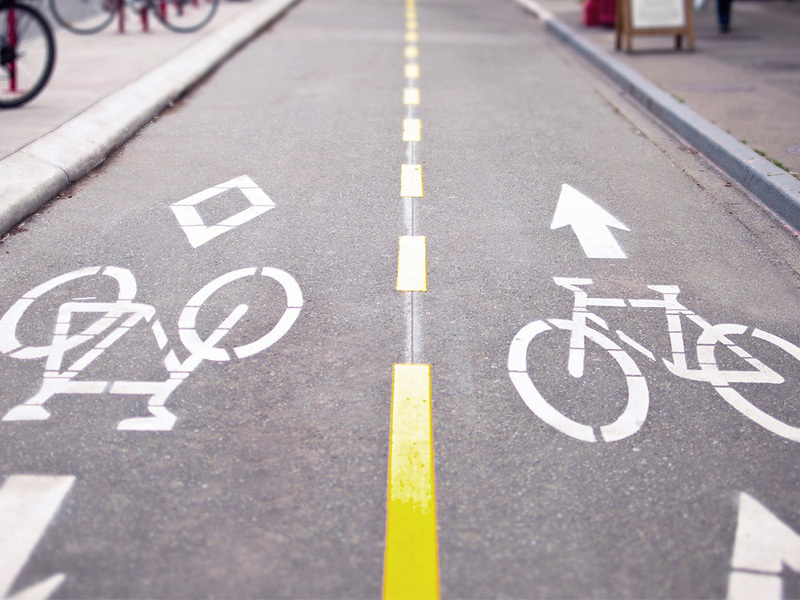Cross-border cycling infrastructure in Europe
24035
The European Commission wants information on the current state of cycling infrastructure in Member States to assess expansion needs. TML contributes by developing a methodology for data collection and progress monitoring.
The European Commission wants to double cycling kilometres across the EU by 2030. To get there, the first step is understanding the current state of cycling infrastructure in Europe. A clear baseline is essential for identifying gaps, prioritising investments, and planning for the future. TML is working with Rupprecht Consult, Cycling Industries Europe, Eurocities, and the European Cyclists’ Federation to create a detailed picture of Europe’s cycling infrastructure. This project goes beyond collecting data: it’s about developing reliable tools to track progress and enable smarter decision-making.
The project is structured into five main tasks:
TML is leading tasks 1 and 3. Our main role is to define performance indicators and define a methodology for data collection and maintenance, considering the variety of existing practices.
The European Commission wants to double cycling kilometres across the EU by 2030. To get there, the first step is understanding the current state of cycling infrastructure in Europe. A clear baseline is essential for identifying gaps, prioritising investments, and planning for the future. TML is working with Rupprecht Consult, Cycling Industries Europe, Eurocities, and the European Cyclists’ Federation to create a detailed picture of Europe’s cycling infrastructure. This project goes beyond collecting data: it’s about developing reliable tools to track progress and enable smarter decision-making.
The project is structured into five main tasks:
- Setting the framework: we will review standards, regulations, and data sources to create a shared framework for defining cycling infrastructure and performance indicators across EU Member States.
- Analysing the current state: data from Member States will be gathered and analysed to map existing cycling infrastructure, identify gaps, and assess future needs.
- Standardising methodology: based on the insights from the previous steps, we’ll develop a consistent approach for data collection, storage, and monitoring across Europe, ensuring long-term usability.
- Creating a unified dataset: existing data will be combined into a harmonised EU-wide dataset to support future cycling development.
- Collaborating with stakeholders: national authorities, local governments, and cycling organizations will be engaged to validate the work and ensure the outcomes address diverse needs.
TML is leading tasks 1 and 3. Our main role is to define performance indicators and define a methodology for data collection and maintenance, considering the variety of existing practices.


